Stability and uniformity are important characteristics of Temperature Bath.
Before buying any Temperature Bath, always remember to check for its Stability and Uniformity.
Stability of Temperature Bath
Temperature Stability measures how precisely an instrument maintains a set-point temperature.
Temperature Stability is expressed as the difference between the highest & lowest temperature values of the temperature sensors after achieving stability.
Procedure to find Stability of Temperature Bath
- Placed the RTD sensor at the center of the temperature bath.
- Set the required temperature of the temperature bath.
- Let the bath stabilized at required temperature. ( Around 30 minutes after set point is attained)
- Note down the readings of master RTD after every minute for 10 minutes.
- The difference between the highest and lowest reading is the stability of the temperature bath.
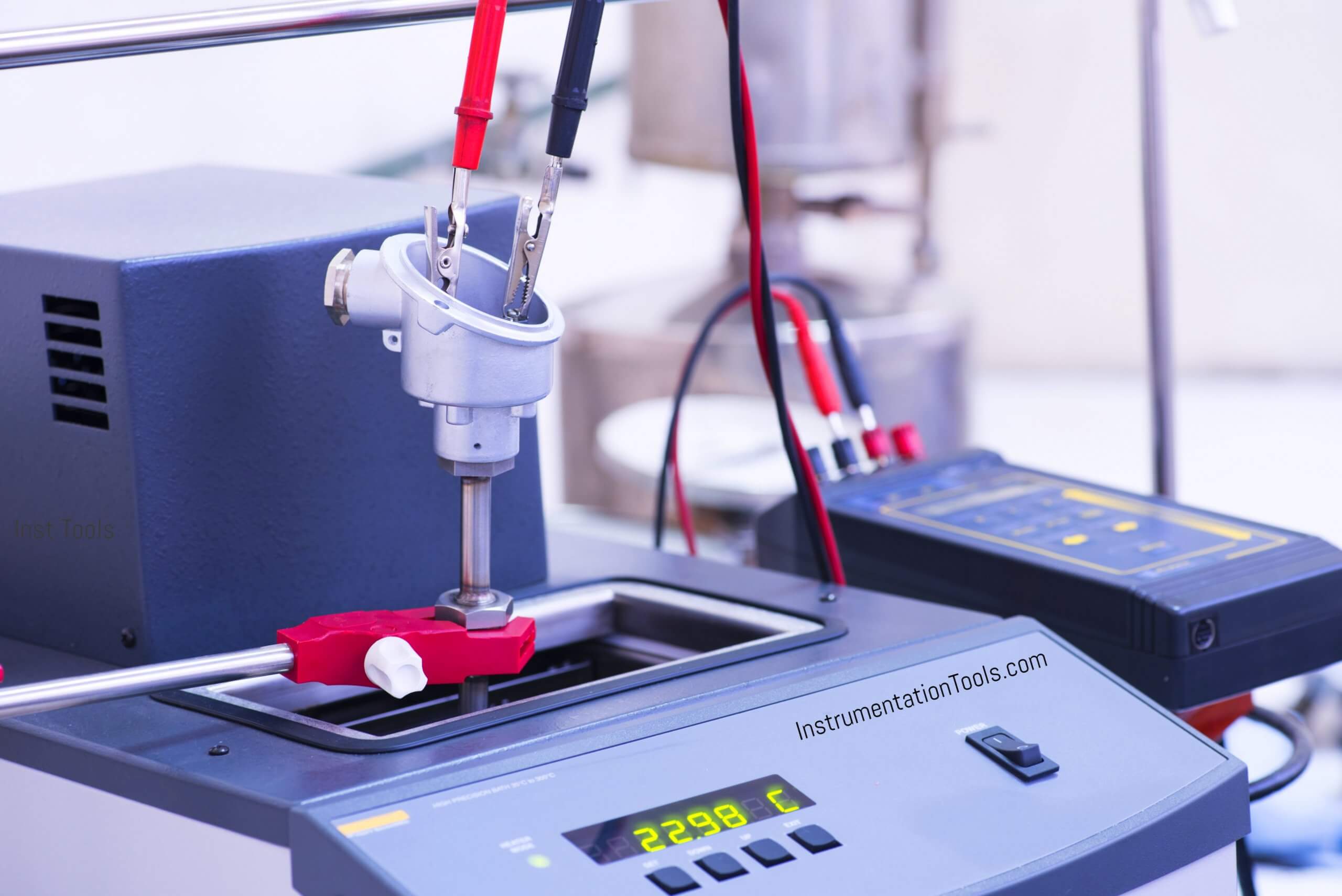
Uniformity of Temperature Bath
Temperature Uniformity measures the potential variation in temperature between different points.
Temperature bath having a fan for circulation to have good uniformity.
Uniformity is of two types – Horizontal Uniformity and Vertical Uniformity.
Vertical Uniformity
Vertical Uniformity is calculated by placing the sensors at different immersion lengths of the temperature bath and 1 sensor placed in the center.
Horizontal Uniformity
Horizontal Uniformity is calculated by placing the sensors at four corners of the bath at the same immersion length of temperature bath and 1 sensor placed in the center.
Procedure to find Uniformity of Temperature Bath
- Place the RTD sensor.
- Set the required temperature of the temperature bath.
- Let the bath stabilized at required temperature. ( Around 30 minutes after set point is attained)
- Note down the readings after every minute for 10 minutes for all five sensors for each points.
- The difference between the center and other sensor’s maximum deviation will be taken as uniformity of temperature bath.
If you liked this article, then please subscribe to our YouTube Channel for Instrumentation, Electrical, PLC, and SCADA video tutorials.
You can also follow us on Facebook and Twitter to receive daily updates.
Read Next:
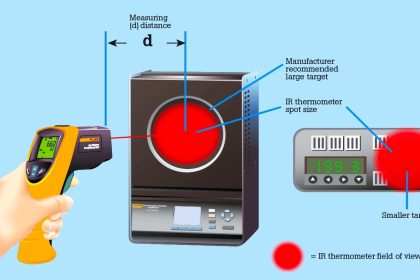
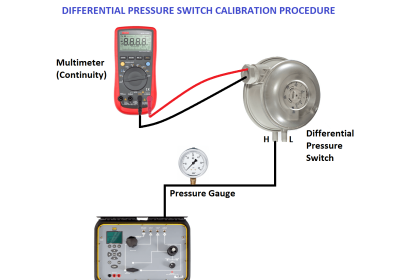
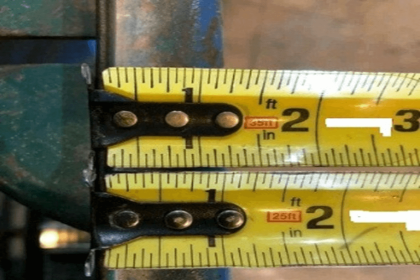
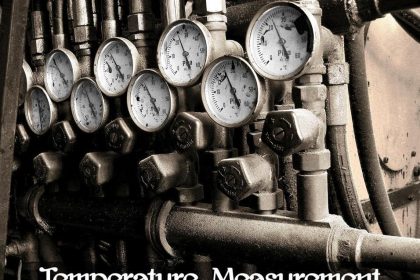
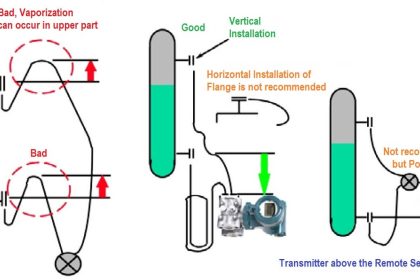
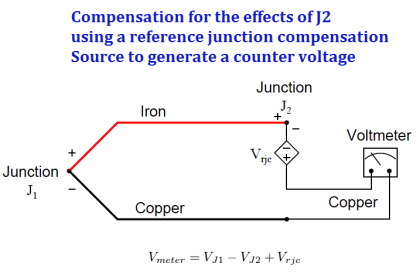
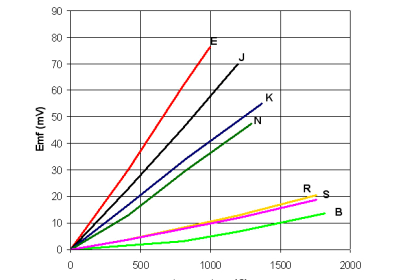
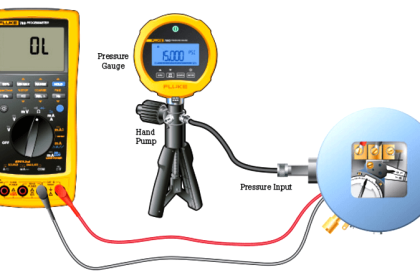
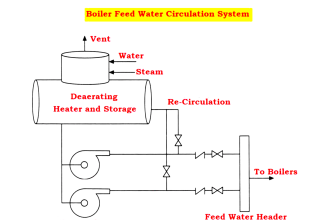
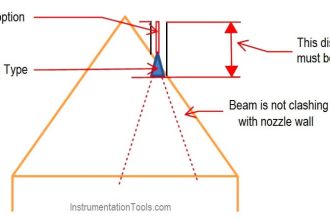

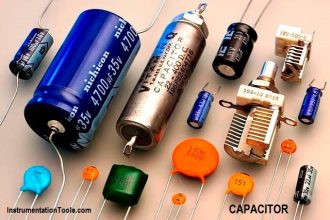
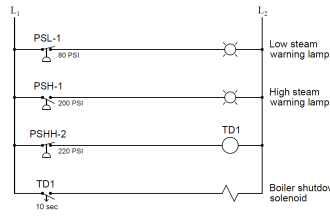
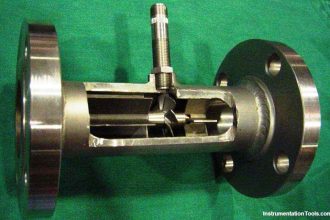
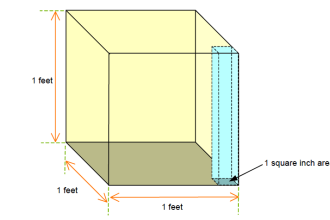

Thanks for sharing this amazing knowledge about Temperature Bath. Nice and engaging content.
Hello, I Hope you are doing well. Your information are very beneficial for me. If you don’t mind could you please explain about “Triple point of water ” of RTD Test in below form-
1. Defination
2. Why it needs
3. How to measure